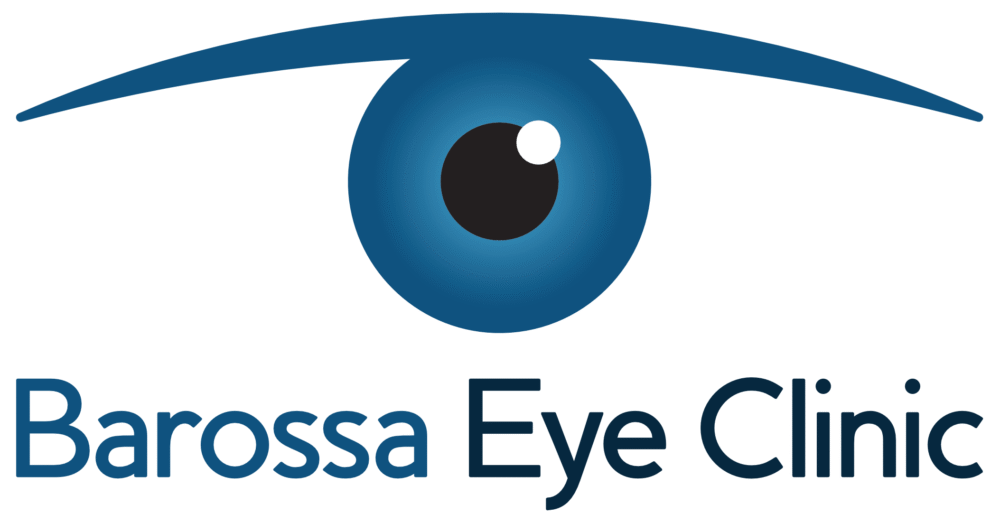A pterygium (pronounced ter-ij-ee-um) is a wing shaped growth of tissue across the cornea, which is the clear window at the front of the eye. It is sometimes known as a “pearl “because it looks white.
It nearly always forms on the part of the cornea, which is visible when the eye is open. It most often occurs in people who have lived in a hot dusty country or have worked outdoors for many years. It may be due to drying of the eye. It is not a cancer, but it can get slowly larger with time.
HOW DOES A PTERYGIUM AFFECT THE EYE?
In the early stages, the eye may feel uncomfortable and look slightly red, but vision is unaffected. However, if the Pterygium grows a lot, it may blur the vision, although this is unusual.
WHAT TREATMENT IS THERE FOR PTERYGIUM?
If the pterygium is small, no treatment is required. If the eye is uncomfortable, lubricating drops and / or ointment may help. Hypromellose or Liquifilm drops and Simple or Lacrilube ointment are suitable. These can be obtained from your GP or bought at your local pharmacy and can be used long term if needed. If the pterygium advances until it is at the edge of the pupil or if it is enlarging and very uncomfortable, it is best to have it surgically removed.
WHAT IS THE SURGERY FOR PTERYGIUM?
This is usually performed under local anaesthesia as a day case in the operating theatre. You can eat and drink normally before the operation. The eye is numbed with drops and an injection, and the eyelids are held open for you. The pterygium is removed off the cornea and the sclera (white of the eye). A piece of conjunctiva from under your upper lid is removed and grafted onto the bare sclera, but the cornea is left to heal by itself. Only absorbable stitches or tissue glue are used. These stitches do not have to be removed but will dissolve and fall out over the next few weeks. The eye will be covered with a pad.
WHAT HAPPENS AFTER THE OPERATION?
You will be offered a drink before you leave the hospital. You will be given drops to use in the eye once the dressing is removed. These drops need to be continued for several weeks, and you should get a repeat prescription from your GP if you think you will run out. Do not stop the drops until the clinic doctor tells you to. The eye may feel quite sore for a few days. You can take painkilling tablets regularly – the hospital will give you a small supply, but you may ask your GP or the eye doctor for more if needed. You may need several follow up visits to clinic. The first one will be arranged before you leave hospital. You may need at least a week off work so please ask the hospital for a certificate if you need one.
WHAT PROBLEMS ARE THERE AFTER SURGERY?
- Pain – this should settle within a few days with painkillers, but please contact the hospital if it is getting worse despite regular medication.
- Redness – The eye may look redder for a few days after surgery but will gradually improve with time.
- Side effects from drops – Occasionally an allergy develops due to the drops or a pressure problem in the eye. The clinic doctor will check for these problems.
- The eye may still not have a perfectly smooth surface after surgery, and lubricating drops may still be required.
- Scarring of the eye surface and eye muscles can occasionally cause restricted movement of the eye and double vision. Further treatment could help.
- The Pterygium could come back again. This is much less common with modern surgery, but it is occasionally very troublesome. Re-operation may be possible.
